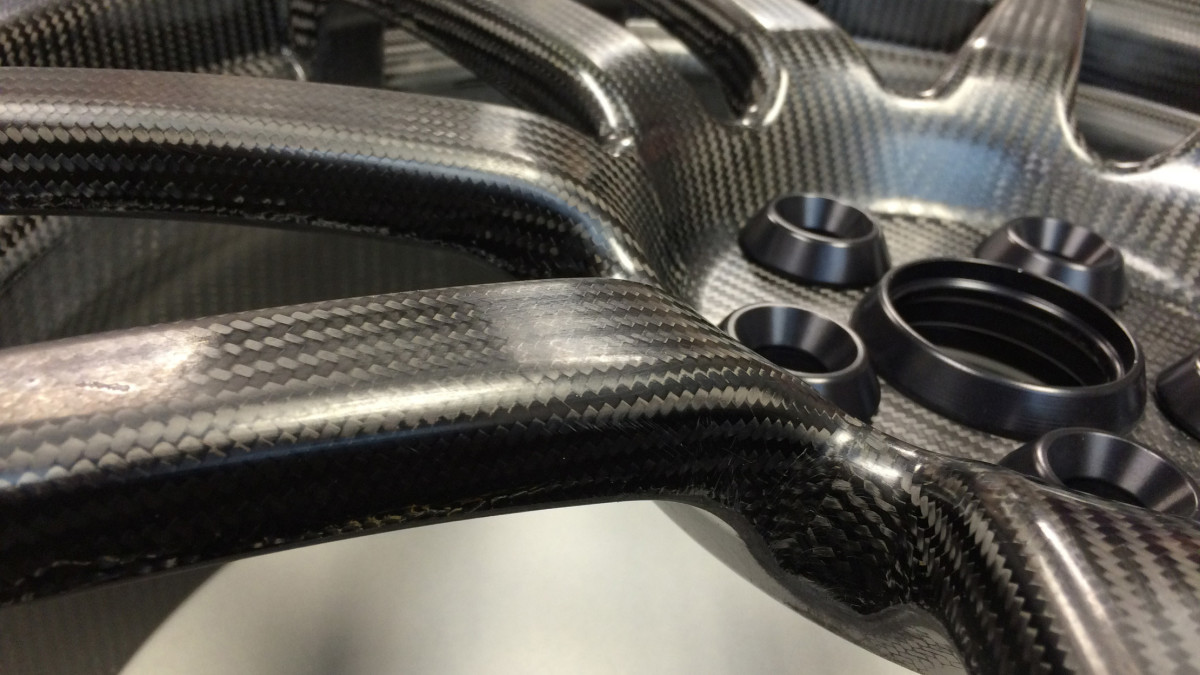The EU Wants To Ban This Material From Your Sports Cars
New legislation may change how the supercars and sports cars are made.

This cool material keeps race cars and supercars as light as a feather.
If there is any material that is like gold for elite sports car manufacturers, including Ferrari, Lamborghini, and Porsche, it wouldn't be steel. Despite being durable and very strong in other applications like building construction, steel is very heavy compared to other metals like aluminum, which could diminish any real performance benefits on the road and on the racetrack.
For decades, some of the world's elite race cars and premium sports cars have used an even lighter material than aluminium: carbon fiber. In 1981, McLaren driver John Watson demonstrated its effective use when he crashed his car during the Italian Grand Prix at Monza and managed to walk away since the fire failed to destroy his car's carbon fiber-constructed monocoque.
Ever since, sports car makers and even today's electric vehicle manufacturers have incorporated the lightweight material for its durability and weight savings. 65% of the Lexus LFA supercar is made out of the stuff, most notably in its carbon fiber monocoque, which holds the structure around its cabin. However, new regulations proposed by the European Union may diminish the future viability of this material, as government watchdogs in this key carmaking region could ban its use.
EU claims carbon fiber is a hazardous material
According to a new amendment drafted by the European Parliament, the legislative body responsible for EU regulations, legislators seek to add carbon fiber to the EU's list of hazardous materials. The list also includes other hazardous materials that are used in automotive and aircraft manufacturing, including hexavalent chromium, cadmium, mercury, and lead. Drew Phillips
The proposed amendment was added to a recent draft revision of the End of Life Vehicles (ELV) Directive, which regulates how cars and trucks are dismantled and recycled in an effort to make the relatively dirty process much more environmentally friendly. According to the EU Parlimentary lawmakers, parts made out of carbon fiber could be harmful to humans once they are discarded.
Typically, carbon fiber parts are made by weaving raw carbon fibers into a sheet, which is then vacuum-molded into the desired shape and laid with a resin or other hardening material. Lawmakers warn that as carbon fiber material gets broken apart, it can create tiny airborne particles that can short-circuit machinery and harm humans if they make contact with the skin and mucosal membranes, such as those within the openings of the eyes, nose, and mouth.
If the European Parliament officially adopts the amendment, it will take effect in the EU territories beginning in 2029. Germany and Italy, the respective homes of Porsche, Ferrari, and Lamborghini, are EU member states, which means that they will have no choice but to adapt to the change if it is adopted. 20% of all carbon fiber used worldwide is used in the automotive industry.
According to a report by Nikkei Asia, three Japanese companies stand to lose the most if this carbon fiber ban comes into effect. Stocks of Teijin, Toray Industries, and Mitsubishi Chemical fell sharply after the EU Parliament's announcement, as they account for 54% of the world's carbon fiber manufacturing market. Carbon fiber is an industry worth $5.5 billion in 2024, and Roots Analysis says it is expected to grow to $17.08 billion by 2035, with demand from the aerospace and EV industry being the biggest drivers.
https://youtube.com/shorts/Igh0tNE_s74?feature=shared
Final thoughts
If the EU Parliament actually follows through on its ban on carbon fiber, it would be a devastating step back in innovation. However, I expect this legislation to be met with heavy resistance, not just from the auto industry but also from the aerospace industry, as Boeing and Airbus use carbon fiber to help create lighter passenger airliners. We'll have to wait and see if the amendment moves past its proposal stage or if the power of the companies involved can stop it in its tracks.










































































































































































